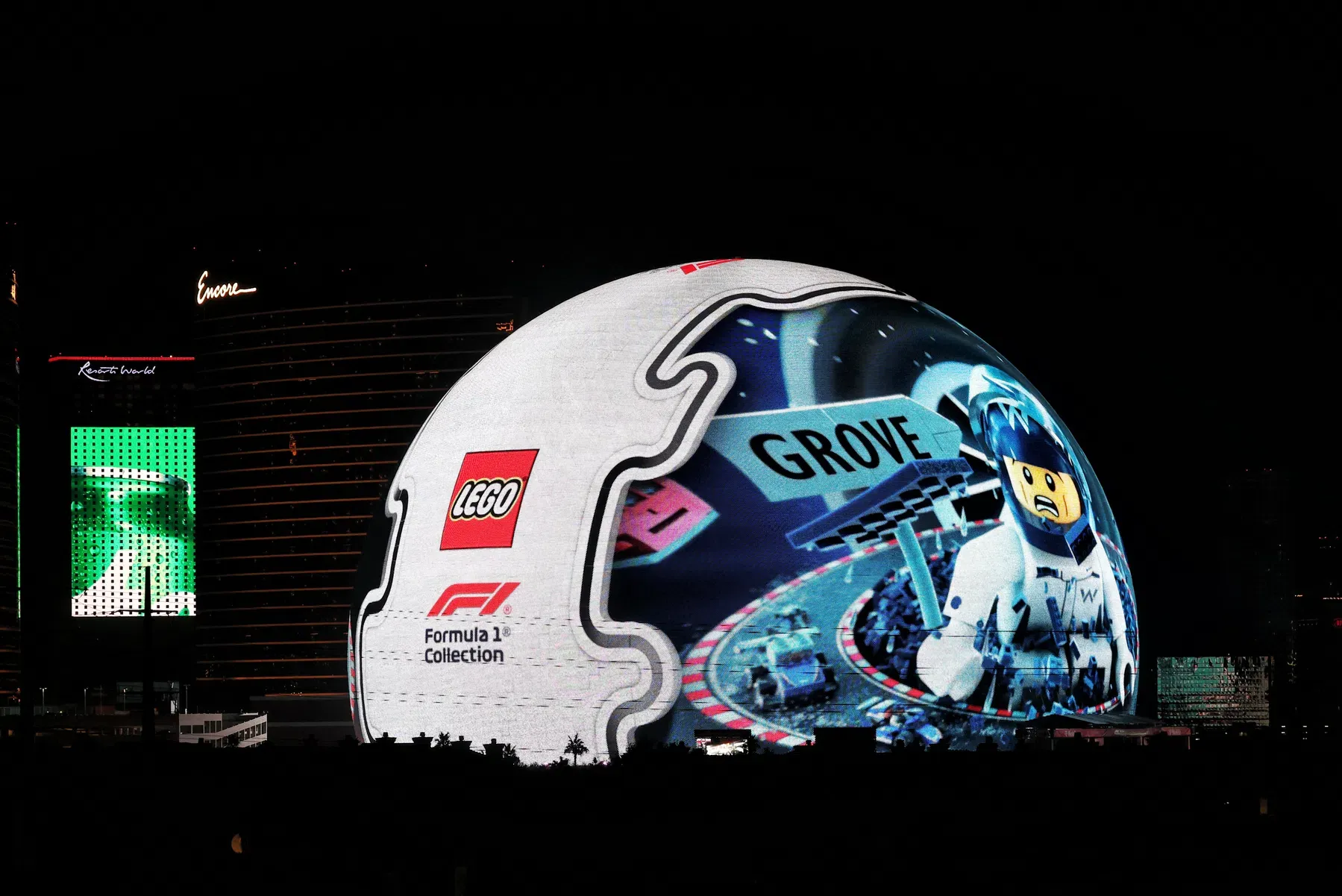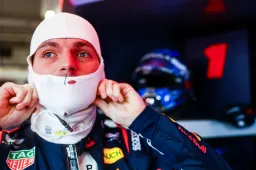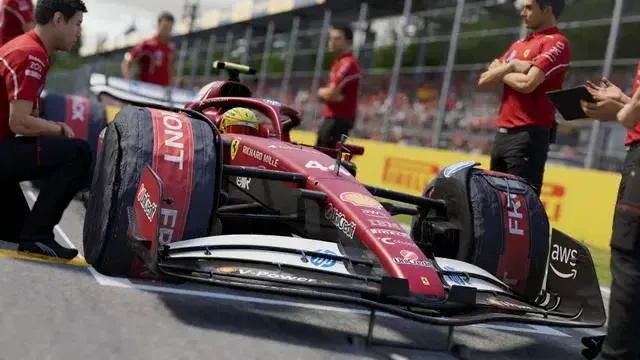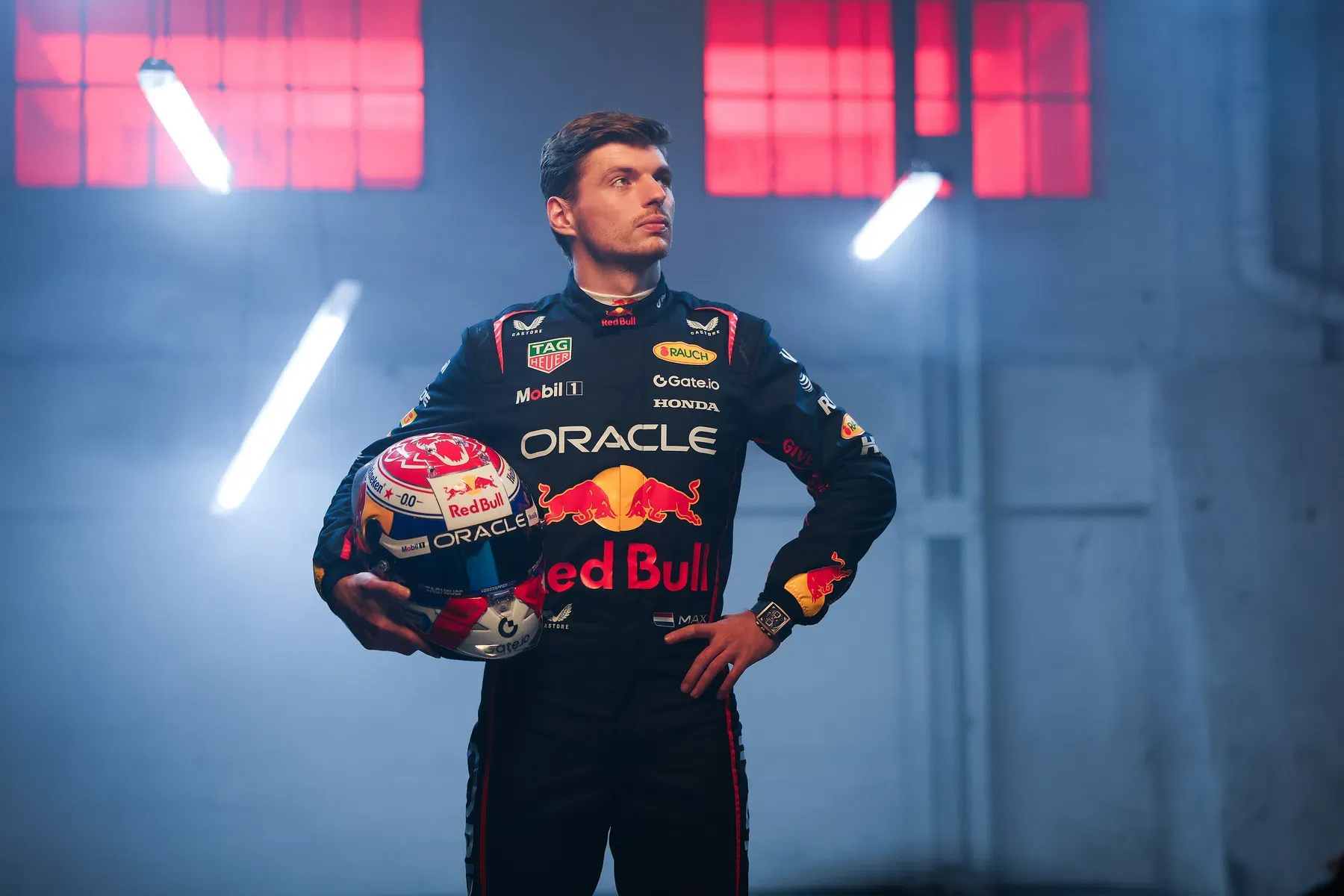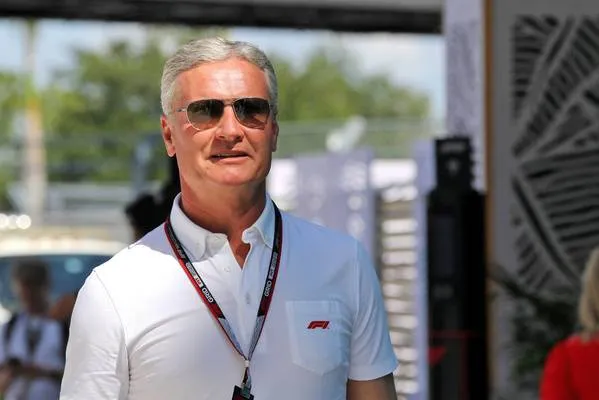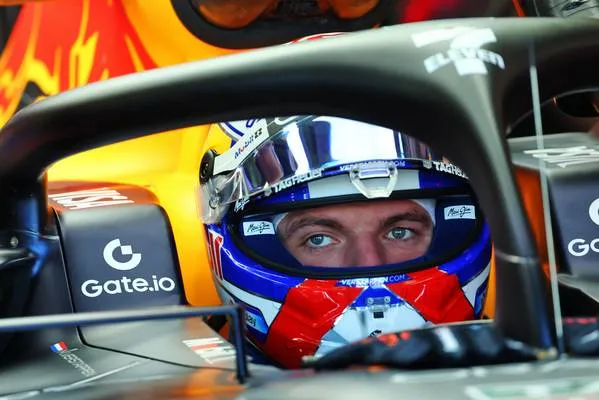F1 Tech Preview | How Las Vegas cold temperatures can affect the set-up
10:00, 22 Nov 2024
1 Comments
As the last three Grands Prix of the 2024 season are approaching, there are still two Championships to be assigned. The Constructors’ Championship, in particular, offers a very tight battle between McLaren, Ferrari and Red Bull. The Las Vegas Circuit layout and the expected low temperatures could mix everything up, making it even more difficult for the engineers to find the perfect set-up in these conditions. Let’s try to understand why.
Las Vegas: a track similar to Monza but with colder temperature
The Las Vegas Circuit can be considered a very similar track to Monza but with colder temperatures. It is mainly characterised by long straights, slow-speed corners/chicanes, and very smooth asphalt.
From this point of view, the engineers' setup choice is relatively easy. The car must be as efficient as possible on the straights, so it uses very skinny rear wings. A very good mechanical grip at slow speed, matched with strong traction, is fundamental to carrying momentum through the long straights. For this reason, teams usually adopt very soft mechanical setups and a very low ride height to take advantage of the ground effect as much as possible in medium-speed corners.
However, as Vegas is a night race, low temperatures are expected, and this inevitably affects the cars’ setup: it's tough to generate tyre temperature through friction between the rubber and the asphalt. To bring tyres (especially the fronts) up to temperature, teams generally reduce the wheel camber, since there are no high-speed corners here, to increase the contact tyre patch and generate more heat.
At the same time, Pirelli decided to bring the softest set of tyres (C3, C4, and C5) this weekend, which should allow drivers to put the tyres into their working window much more easily.
Why we should expect a close battle between Ferrari and McLaren (and maybe Red Bull)
With only three races left before the end of the season, Ferrari has decided to bring a ‘test’ floor that anticipates some 2025 solutions. This component will be exclusively tested during Friday’s practice sessions and won’t be used during the race weekend (since there’ll be only 1 model).
This decision is mainly related to the engineers' desire to ensure that this new part doesn’t generate porpoising, as happened with the spec introduced in Barcelona earlier this year. For this reason, Carlos Sainz tested the new component during Friday’s FP1 to gather data and see if this new floor brings the expected performance.
Beyond this, the team is quite optimistic about this weekend, conscious that the SF-24 is extremely good in slow-speed corners and on riding kerbs. “I think especially this year we have been quick in this kind of tracks long straights, 90-degree corners, […] and the car is good with the kerb riding, which there is a bit here and there, but then we've been very weak in switching on the tyres. […] So we are aware that as good as this track looks on paper, then it’s presenting us with the biggest challenge of the temperatures that we've never raised in such cold temperatures apart from last year," Sainz said.

From this point of view, it’ll be extremely interesting to see how the SF-24 wakes up the tyres during qualifying and how well it makes them last during the race. For the reasons just presented, it’s obvious to expect a battle between Ferrari and McLaren this weekend, as has already happened in Baku and Monza (two other tracks with similar characteristics).
In fact, the MCL38 is well known for being a car that can switch the tyres quite quickly but also make them last throughout a race stint. This particular skill can be a crucial factor in Las Vegas, especially in qualifying and in the case of safety cars during the race.
On the other hand, the Papaya car has never been extremely good in the straight-line due to its lack of top speed (related to the chassis's design) and also because of the Mercedes engine, which provides a good amount of power at low RPMs, giving Mercedes-powered cars performance out of slow corners. From this point of view, losing the ‘mini-DRS’ certainly doesn’t help, but McLaren could still be a threat to Ferrari thanks to the MCL38's strengths in qualifying and tyre management.

Red Bull's performance in the last few races has been quite disappointing (besides Verstappen’s victory in Brazil), especially in dry conditions. This was pointed out also by Max Verstappen during the press conference: “At the moment it's difficult to tell because if you look at the last few races, in the dry of course we didn't have the pace. It's not that because we won in the rain in Brazil suddenly everything is fixed and everything is looking great.”

For this reason, it’s difficult to know how RB20 will perform in Las Vegas: for sure, the slow speed corners and the necessity to be aggressive on kerbs haven’t been Red Bull’s strengths, but after the new update was introduced in Austin, the car seemed better balanced, but not always performing at Ferrari and McLaren’s level. For this reason, it’ll be interesting to see how the car will behave on the long straights and in very cold conditions, which have generally favoured McLaren and Mercedes this season.
The gap among these three teams varied depending on the different layouts, making it extremely hard to predict who’s going to be the favourite this weekend. Top speed and tyre warm-up are the two main factors in determining the fastest car.
Read more about:
Popular on GPBlog
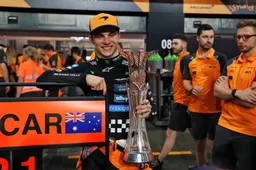
1
Steiner sees McLaren going one way: 'If Max keeps up the pressure'
664 times read

2
McLaren makes key move by bringing in experienced team principal
559 times read
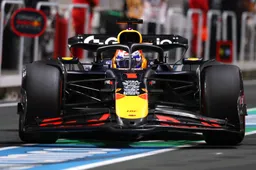
3
'Red Bull are the much more fun team; Mercedes are more professional'
550 times read

4
'Russell and Antonelli are a safer bet to Verstappen, and a lot cheaper too'
490 times read
